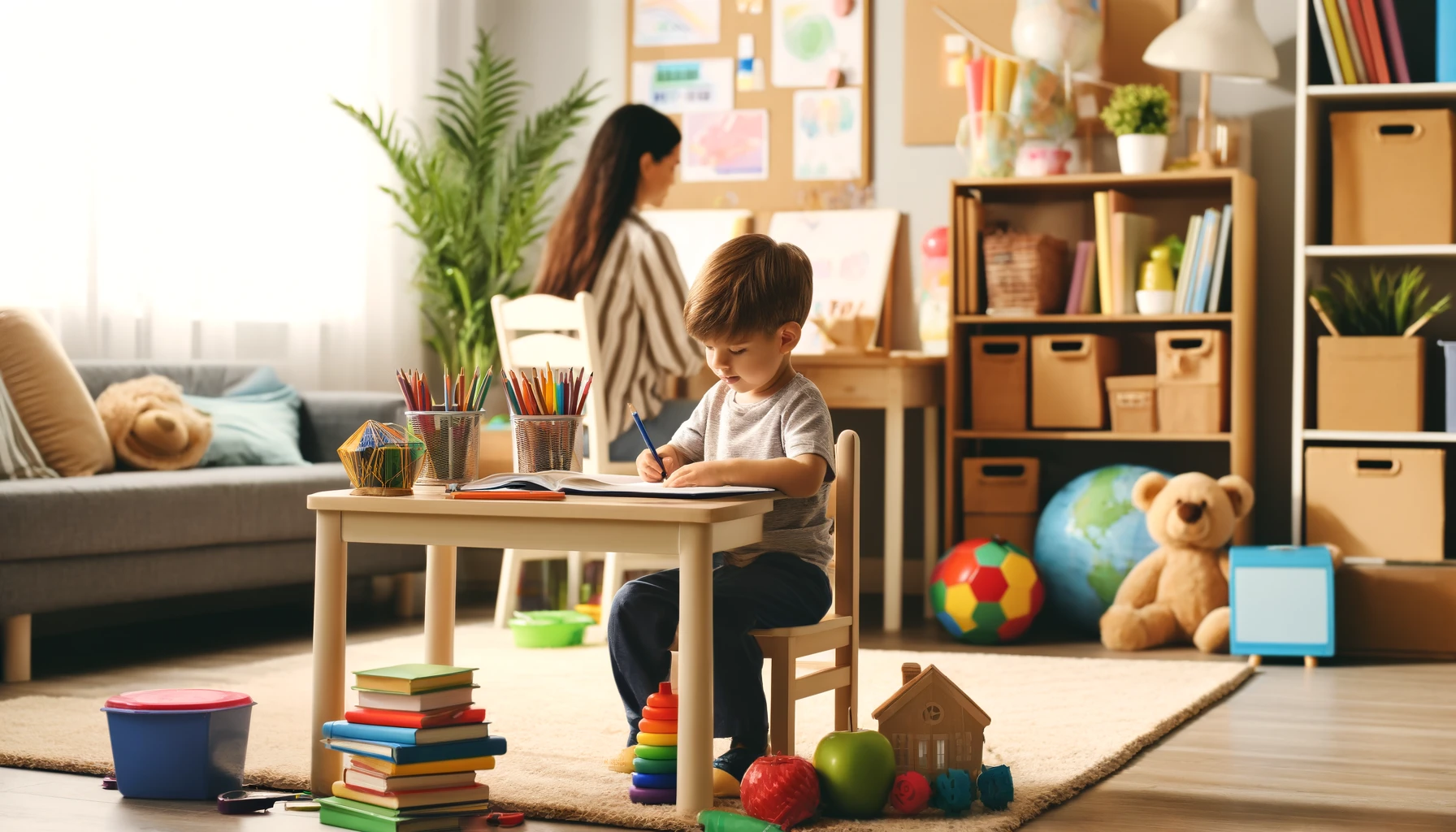Creating a structured learning routine for kids at home can be a game-changer for their development. A well-planned routine helps children feel secure, develop self-discipline, and make learning more enjoyable. Whether you’re homeschooling full-time or just looking for ways to add more educational activities to your child’s day, this guide will help you establish an effective and fun learning schedule.
Why a Learning Routine is Important for Kids
Children thrive on routine. A predictable schedule provides stability and helps them understand what to expect throughout the day. Here are some benefits of a learning routine:
- Encourages Consistency – Kids learn best when they have regular exposure to educational activities.
- Reduces Resistance to Learning – When learning becomes part of the daily routine, children are less likely to resist educational activities.
- Builds Independence – Following a routine helps children learn to manage time and responsibilities.
- Supports Emotional Well-Being – Predictability reduces stress and anxiety, making children feel more secure.
Step-by-Step Guide to Creating a Learning Routine
1. Set Clear Goals
Before creating a schedule, define what you want your child to achieve. Are you focusing on literacy, math, creativity, or a mix of subjects? Setting specific learning goals will help you design a routine that meets your child’s needs.
2. Choose the Best Time for Learning
Every child has different energy levels throughout the day. Some kids are more alert in the morning, while others do better in the afternoon. Observe your child’s natural rhythm and schedule learning activities accordingly.
3. Start with a Consistent Daily Schedule
A structured routine doesn’t mean rigid rules. It’s important to have a flexible yet consistent schedule. Here’s an example of a balanced daily learning routine:
Morning:
- 8:00 AM – Breakfast and morning chat
- 9:00 AM – Reading and storytelling
- 10:00 AM – Math games and problem-solving activities
- 11:00 AM – Outdoor play or physical activity
Afternoon:
- 12:00 PM – Lunch and relaxation time
- 1:00 PM – Creative activities (art, music, or crafts)
- 2:00 PM – Science experiments or hands-on learning
- 3:00 PM – Free play and exploration
4. Include a Variety of Activities
Children learn best when they engage in different types of activities. Your routine should include:
- Reading and Language Activities: Storytelling, phonics games, letter tracing.
- Math Activities: Counting games, puzzles, measuring exercises.
- Physical Activities: Yoga, dancing, obstacle courses.
- Creative Time: Painting, crafting, music sessions.
- Free Play: Time for unstructured play to boost imagination.
5. Make Learning Fun and Interactive
Learning doesn’t have to feel like school. Use hands-on activities, educational games, and storytelling to make lessons more engaging. Try these fun methods:
- Use Play-Based Learning: Turn math into a scavenger hunt or teach colors through a sorting game.
- Incorporate Technology: Use interactive learning apps and videos for a digital learning boost.
- Follow Your Child’s Interests: If they love animals, introduce books and activities about wildlife.
6. Balance Structure with Flexibility
While having a routine is important, it’s also essential to stay flexible. Some days, kids may not feel like following the plan, and that’s okay! Adjust activities based on their mood and energy level.
7. Create a Dedicated Learning Space
A well-organized space can improve focus and motivation. Set up a small learning area with books, writing materials, and educational toys. Make it inviting and comfortable.
8. Encourage Breaks and Downtime
Children need time to relax and process what they’ve learned. Short breaks between activities help maintain focus and prevent frustration.
9. Get Involved and Be Patient
Your engagement in your child’s learning routine makes a big difference. Encourage curiosity, ask questions, and celebrate their achievements. Patience and positive reinforcement will make learning a more enjoyable experience for both of you.
10. Reflect and Adjust the Routine
Every few weeks, review what’s working and what isn’t. Adjust the schedule to fit your child’s evolving needs and interests.
Final Thoughts
Creating a learning routine at home doesn’t have to be overwhelming. By keeping it structured yet flexible, fun, and engaging, you can foster a love for learning in your child. Remember, the goal is not perfection but progress. Every small step counts in their development!
